08.10.2024
Audio latency: what is it and how can you eliminate it?
Audio latency may seem like a vague concept to some, but is crucial for anyone interested in music production, podcasting, streaming or any other activity requiring real-time audio processing. So what is audio latency? Why is it so important, and how can you control it?
Identifying and understanding audio latency, the common cause of many audio issues, will help you avoid issues when working with sound. Don’t worry, audio latency isn’t a catastrophic occurrence! There are solutions.
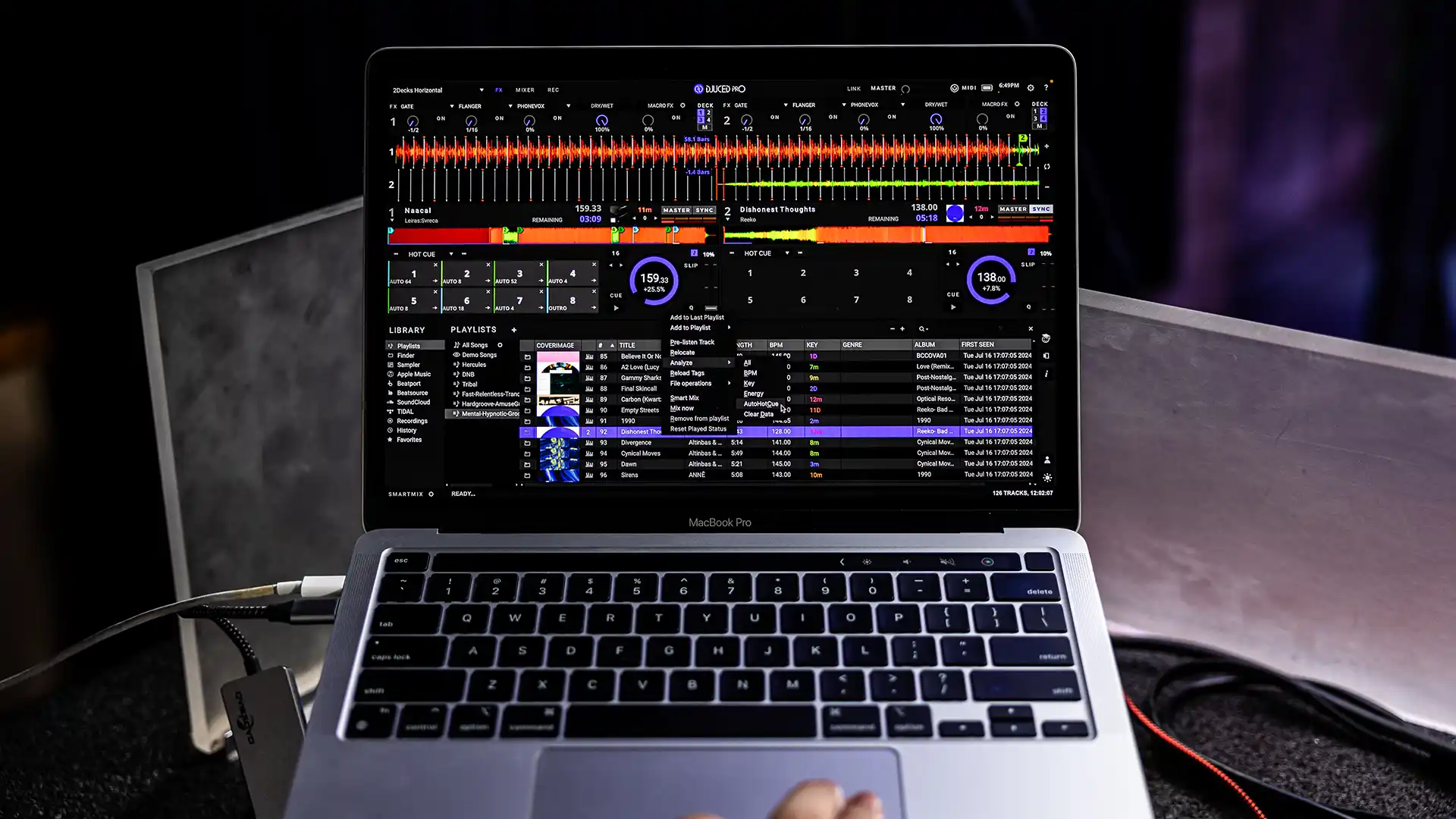
What is audio latency?
By definition, audio latency is a delay between the moment an audio signal is created and when it is heard or recorded. In other words, it is the time it takes for sound to travel from its source to the recipient, measured in milliseconds.
Why is this so important?
For musician
A musician playing a note must be able to hear the sound without any meaningful delay. If not broadcast in real time, this forces the artist into a strenuous situation, making any live performance extremely difficult and frustrating.

For streamers and podcasters
The core issue for streamers and podcasters is that most of them combine video and audio production. This complicates the process, which may lead to audio latency and desynchronized sound and image, thereby greatly affecting their audience’s experience. Also, speaking and hearing your own voice in a headset with some latency makes things very difficult.
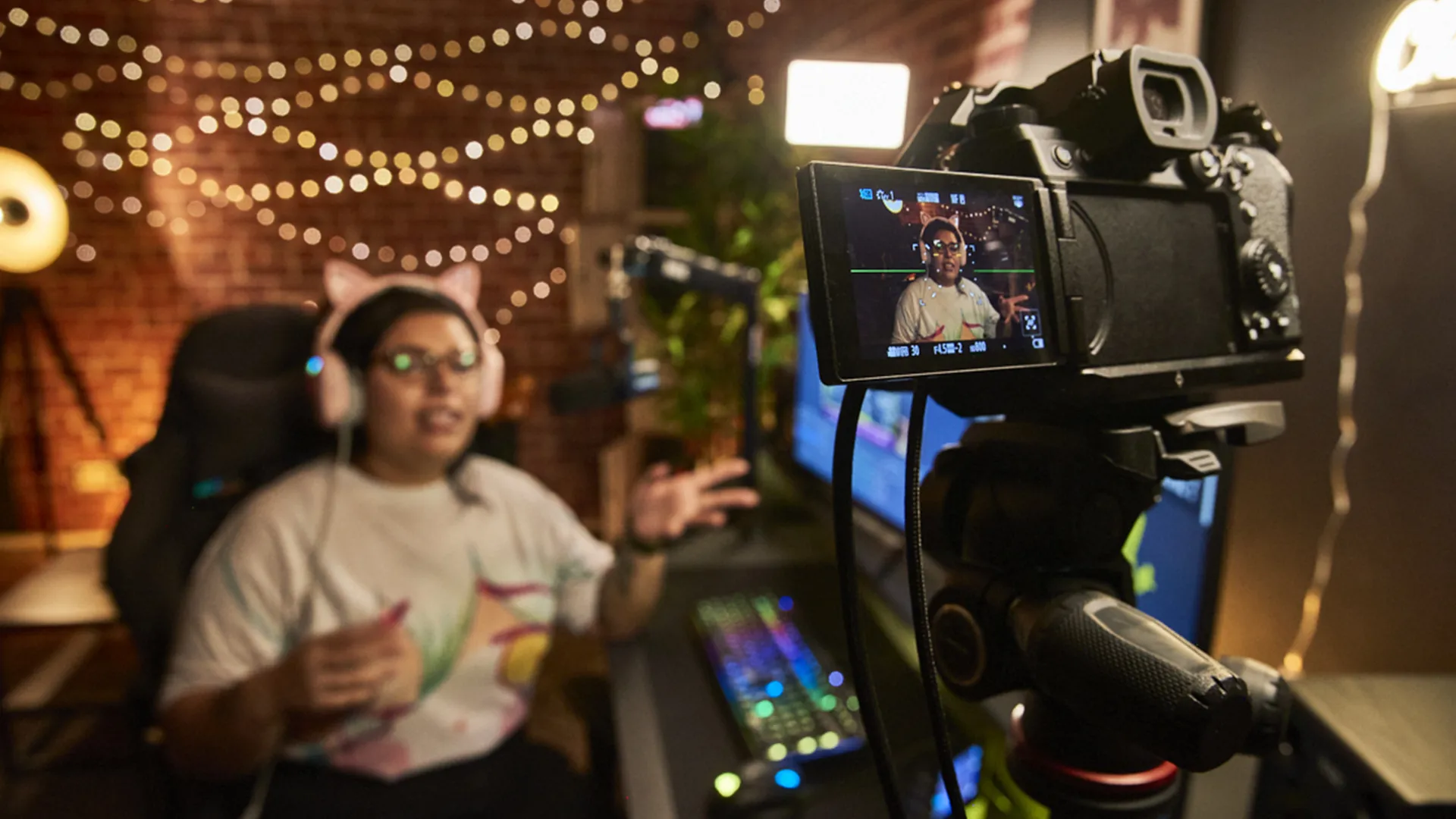
For video game players
Games requiring fast response times will require little to no latency to reduce audio return time. Audio is also an essential part of some types of game play, especially in FPS games. Finally, other games like RPGs require perfect audio latency for a quality experience.
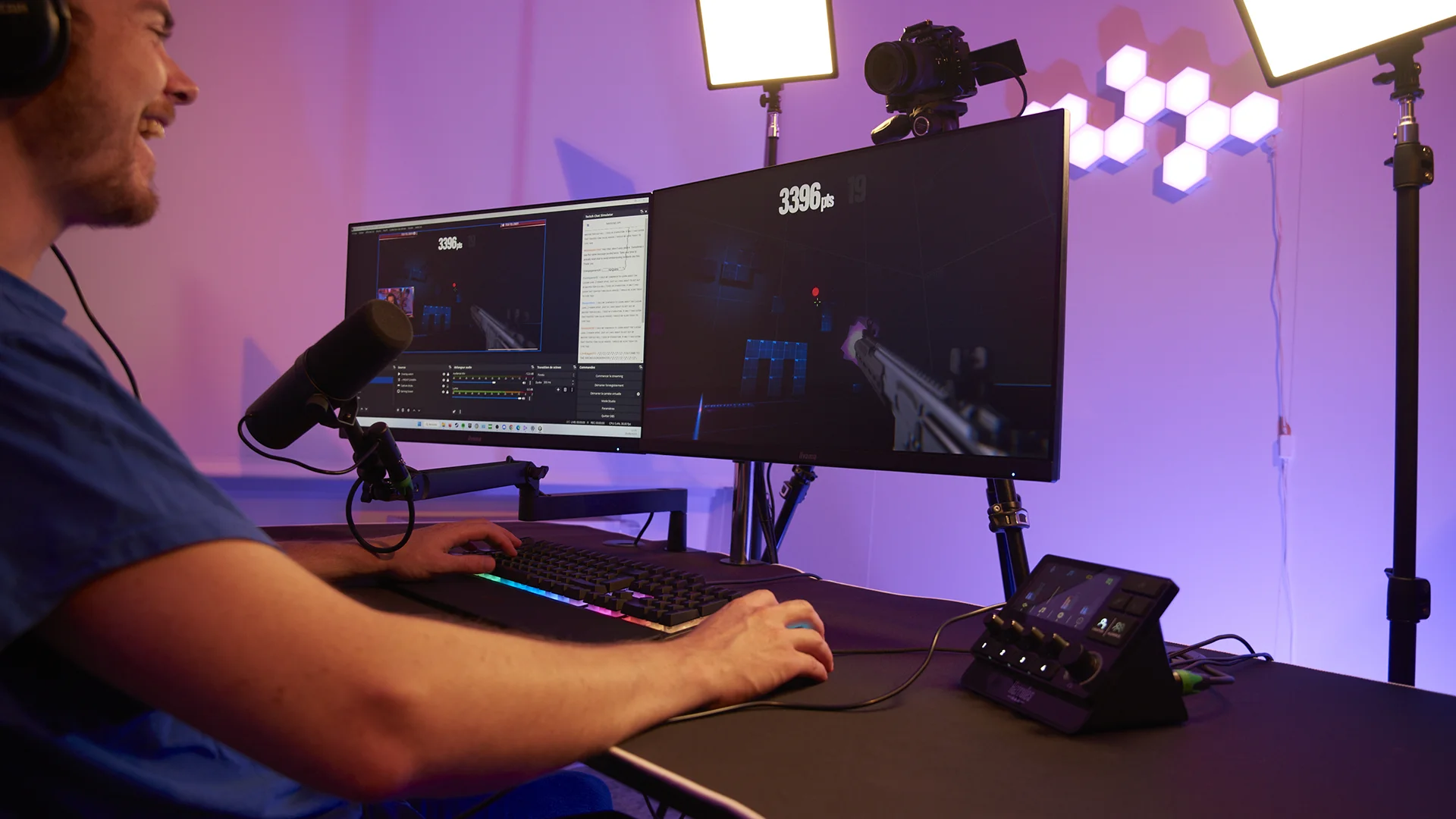
What causes audio latency?
Why does audio latency happen? Several factors come into play.
The first is digital processing. Any process of converting sound from an analog signal to a digital signal, and vice versa, will lead to latency. Imagine your sound as a parcel that needs to be delivered.
First, the parcel is produced and sent to a sorting centre which will probably pass it on to another intermediary before finally getting to you. Each of these steps takes time. This also applies in the audio world: you produce a sound through a microphone that transmits information to an audio interface. The latter then goes through other steps (e.g., preamp, converter) before transmitting the signal to the computer. All these steps take some time. Obviously, it doesn’t take days, like a package delivery, but rather just a few milliseconds.
The important thing to remember is that the more steps you add in your sound transmission process, the higher your latency will be. In the previous example, we stopped at the computer. But let’s imagine that we want to receive the sound through speakers. Then you would have to add more steps, which will inevitably increase audio latency.
The audio interface plays an extremely important role in transmitting the audio stream and influences overall latency. This is because some audio interfaces have longer processing times than others. That means it’s essential to choose an audio interface with the lowest possible latency!
The audio interface plays an extremely important role in transmitting the audio stream and influences overall latency. This is because some audio interfaces have longer processing times than others. That means it’s essential to choose an audio interface with the lowest possible latency!
Moreover, your network connection can also be a latency vector. When it comes to online audio transmission, network stability plays a crucial role.
What is perceptible audio latency?
Remember that latency is usually measured in milliseconds (ms). Latency of 10 ms or less is considered imperceptible, while higher latency is noticeable.
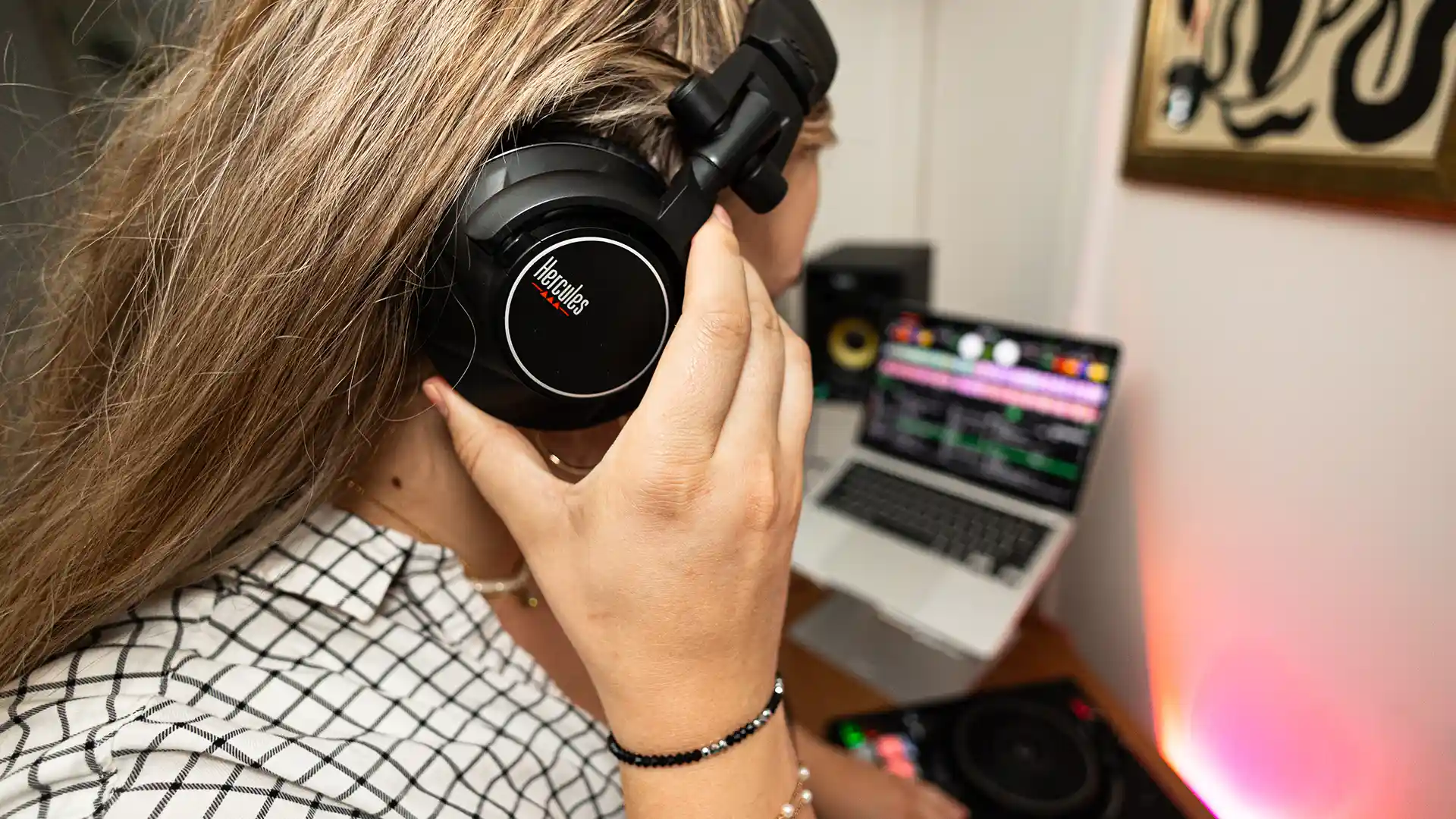
Similarly, audio signals are also measured in terms of “sample rate,” expressed as hertz (Hz). In general, the most commonly used frequency is 44,100 Hz.
Hertz represent the number of times that the continuous electrical signal (our voice) is cut into small pieces to recreate a digital representation of our voice. These bits are sent to what’s called a “buffer,” which is where the sample frequencies are stored. This is the sorting centre from our earlier parcel analogy, and it’s here that time can be lost, thus creating latency.
What is considered good audio latency?
Good audio latency is below 10 ms, because in this case, the human brain is able to easily compensate for this small delay! Amazing, right?
However, 10 ms is the upper limit. If you exceed this number, the delay becomes too noticeable and may cause some issues. The lower you go below this value, the better the sound return.
For example, hearing yourself speak in a headset with a latency level of more than 10 ms will sound off, as your brain won’t be able to determine if you’re actually talking or listening to a recording.
In the case of a singer or live speech (e.g., stream, podcast, radio) this gap is so disturbing that you risk tripping over your own words. That’s not fun.
Avoiding audio latency on Windows
Now, how do you know whether you have optimal audio latency or not? You’ll have to take a closer look at your hardware and software.
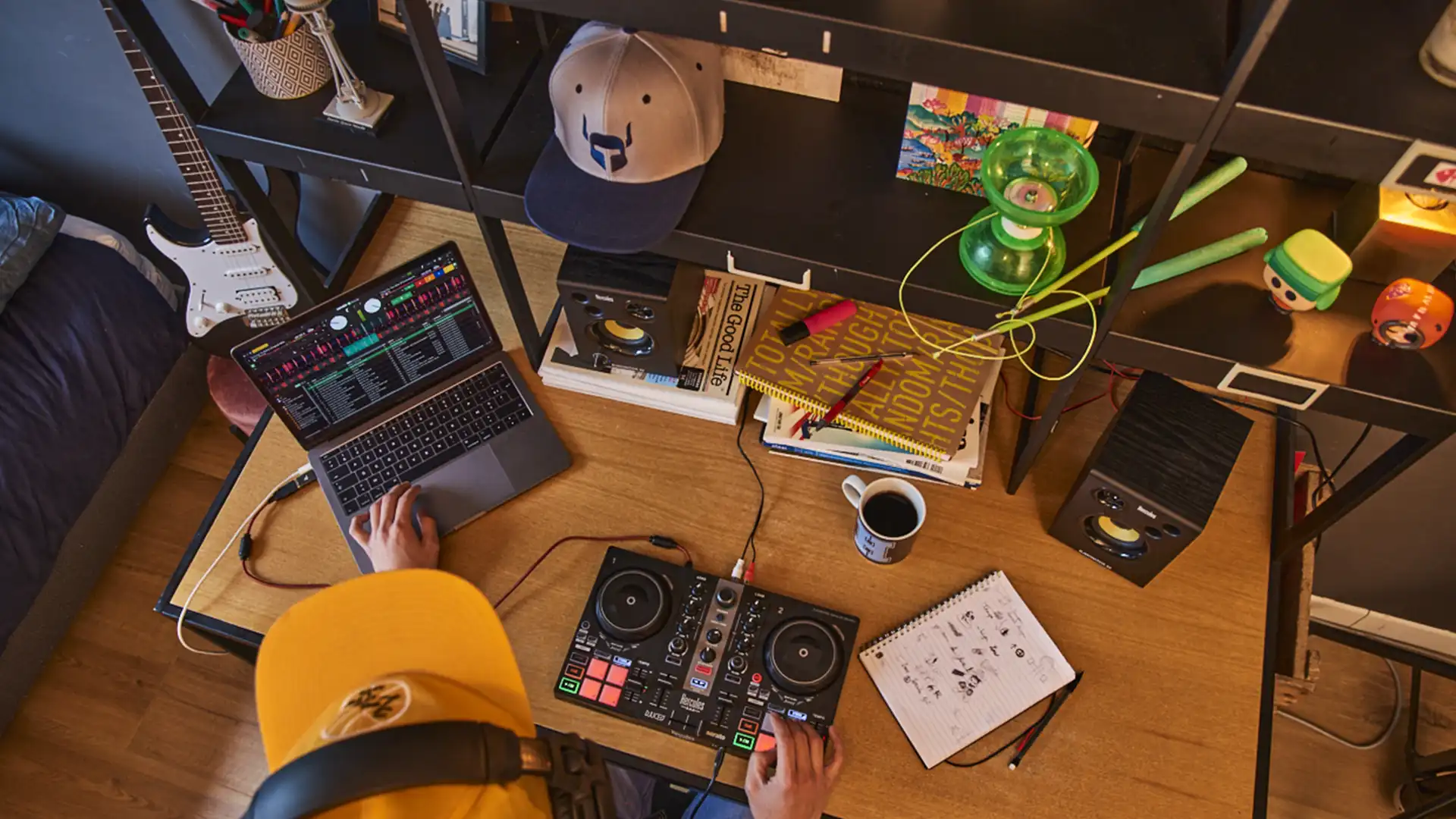
- Keep your hardware and software up to date: Make sure your audio interface, software and peripherals are installed correctly and up to date.
- Music: In the music world, musicians/producers will typically use sound cards that have ASIO drivers when using DAW or DJ software in Windows. ASIO is a professional-grade audio driver for Windows that usually enables you to set smaller buffer sizes, which helps reduce latency. ASIO performance is generally stable, but requires a powerful computer whose processor isn’t overclocked and focused only on audio tasks. That means ASIO isn’t compatible with streaming (and isn’t used in video gaming, OBS and so on, either).
- Streaming:When streaming, you can’t use your interface’s ASIO drivers because video games and other software that produce sound don’t generally support ASIO, but rather native Windows drivers (in DirectSound and Wasapi). Unfortunately, while the native drivers are effective, they’re not suitable for live audio. That’s why if you check the “Listen to the device” box in your microphone’s advanced options on Windows, you’ll hear a lag. You’ll get the same result when testing your microphone in a voice chat app, such as Discord.
Another tip to avoid latency is to use the minimum number of audio interfaces and software to process your signal, as seen above.
The fewer conversion and processing steps you have, the less latency you will hear. For example, if you speak into a USB microphone and then send the signal to a voice changer software, then separate the audio sources through another software, then listen to your voice through a USB gamer headset, you will add many conversion steps, and therefore latency, to your signal.
If we go back to our parcel analogy, it’s more efficient to ship out one large parcel via a single secure delivery platform than several parcels scattered across different processing centres, which can therefore be more easily lost en route, then finally delivered at the same place, but never at the same time…
Reducing latency
We can never say it enough: choosing a good audio interface with low latency is essential. Using high-quality audio interfaces and efficient connection cables can significantly reduce latency.
And the secret of latency-free interfaces? Mixing in the interface itself through a digital signal processor (DSP).
So now you’re probably wondering what the best low-latency audio interface is. The Stream 200 XLR is a quality choice!
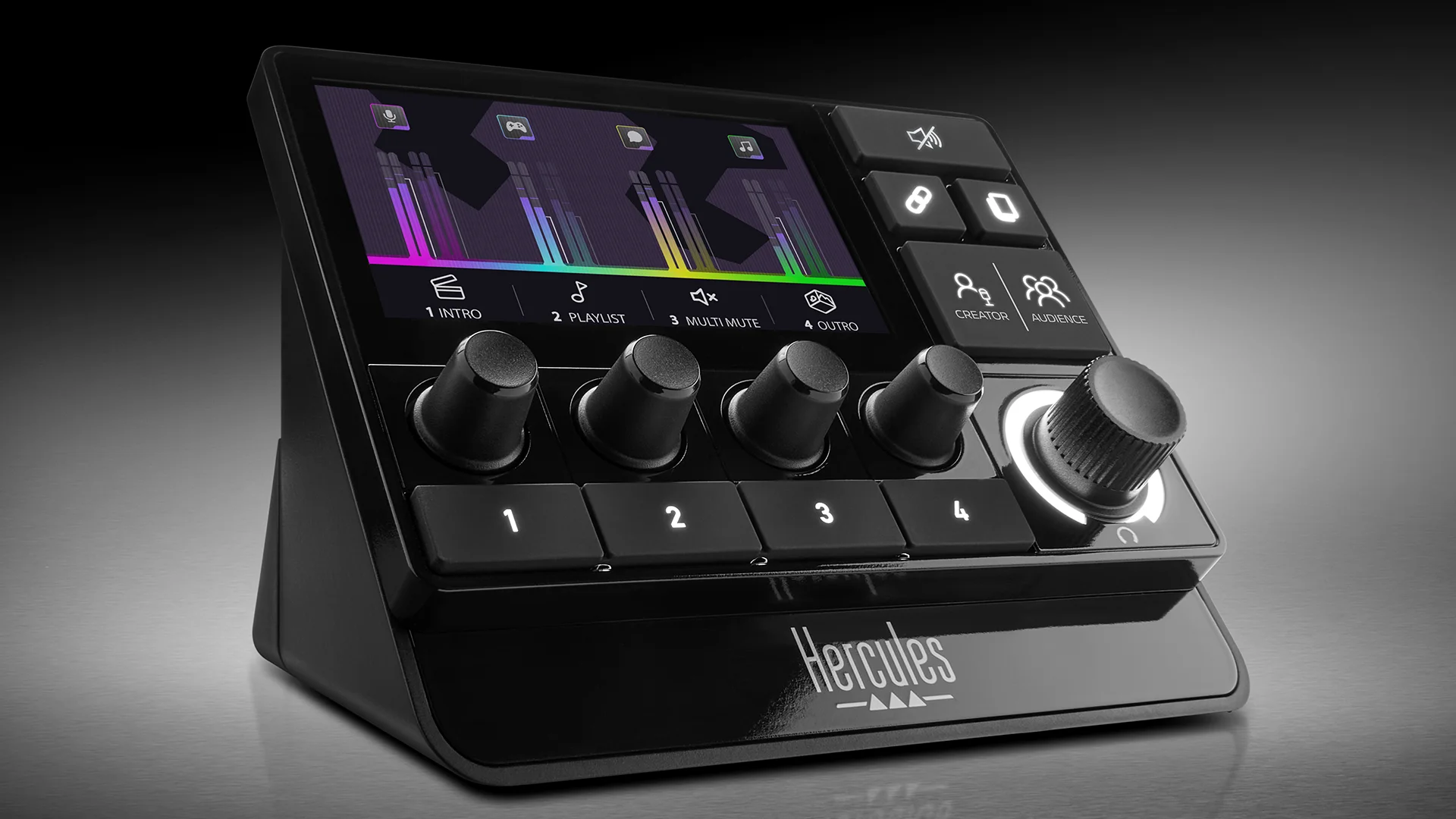
Thanks to a sound card with an integrated DSP to mix in directly the controller an XLR input, a line, an optical device, and up to five computer sources (Game, Chat, Music, System and Aux), you’ll get top-tier audio interface streaming.
In addition, the Stream 200 XLR includes a double-mixing feature: one for the creator and the other for the audience, all latency-free with independent settings.
And you know what? The latency measured between the input of one of the eight sources to the speakers or headphones outputs is about 3 ms thanks to the sound-dedicated DSP.
Imperceptible to the human ear, this level of latency guarantees a comfortable mixing and listening experience.
And since no mixing happens on your computer, its processing power is spared! The Hercules Stream Control software uses less than 1% of your CPU on average.
Your PC will thank you!
Great sound for everyone!
As you saw today, you can cut down on latency with the right tools and settings, allowing you to focus on what really matters: creating and performing.